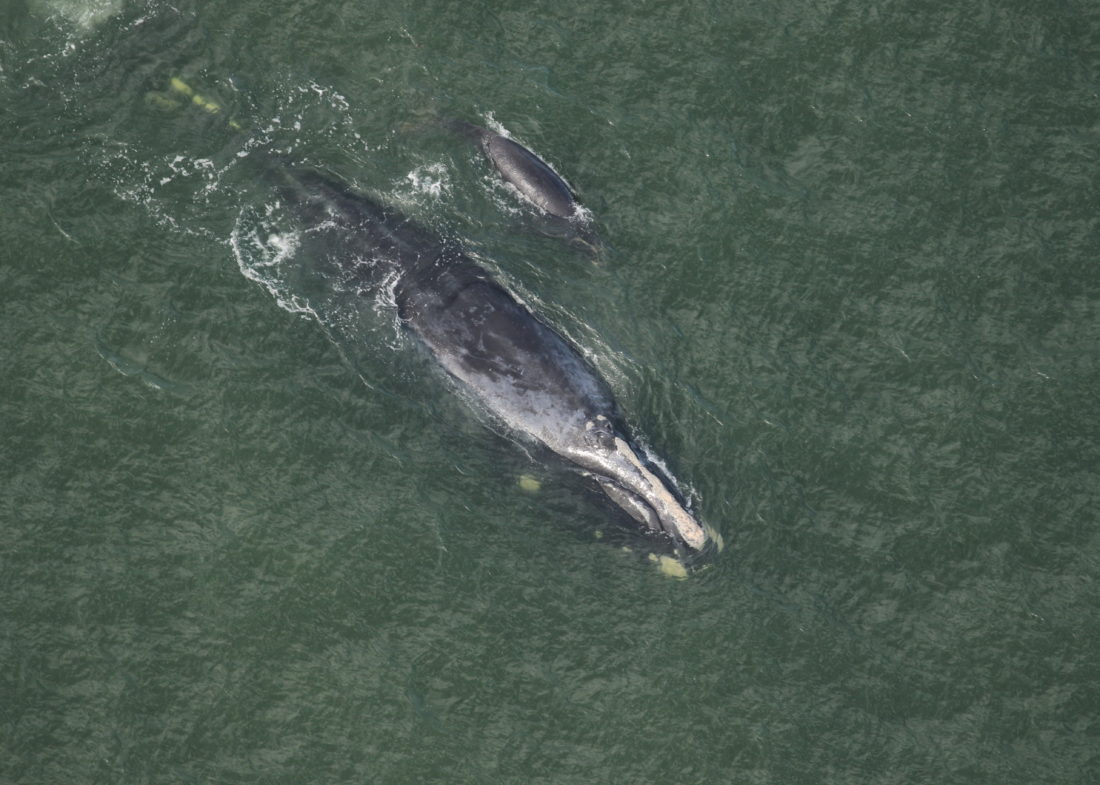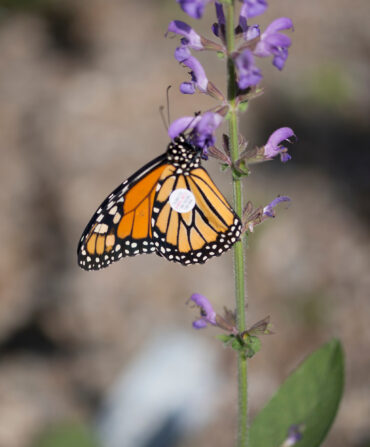Fourteen calves doesn’t sound like a big number, but when it comes to North Atlantic right whales—the most endangered whale on the planet with around 400 individuals left—it’s a hopeful figure. “January and February are the peak months for calving, so we are halfway through the season,” says Clay George, a wildlife biologist with the Georgia Department of Natural Resources who spearheads whale conservation efforts. “So far, these numbers are really heartening.”

They’re especially heartening when you consider that just three years ago, not a single known calf was born. Normally, the whales make a 1,000-mile trip from their feeding grounds in the northern Atlantic to calve and nurse off the Georgia and Florida coasts for the winter months. After once being hunted to near extinction, the whales had started to show signs of a comeback. But between 2010 and 2018, the population plummeted again due to warming waters in the Gulf of Maine, which shifted currents and plankton populations.
The improved numbers this year, George hypothesizes, may be due to the whales having adjusted to new conditions, moving farther north to the Gulf of Lawrence to feed. “It takes a tremendous amount of energy for a female to pull off a calving event,” he says. “Before, they just weren’t able to pack on the pounds to do it.” Even in the best of conditions, females can only produce one calf every three years: They have a year-long gestation period, followed by a year of nursing, not to mention the 1,000-mile journey each way.

When the whales are off the Southeast coast, George and his team are on their boats, working in tandem with a team of spotters in a National Oceanic and Atmospheric Administration aircraft to find, photograph, and take genetic samples from the new baby whales, which weigh a ton and are nearly as big as George’s twenty-foot boat. The mother whales are individually recognizable to researchers from the unique white patterns on their heads. “It’s like looking at clouds,” George says. “You can imagine shapes.” Mothers this year include Champagne (the pattern on her head looks like bubbles), Infinity, Magic, and Bocce. The season has already brought some special moments. Just a few days ago, George and his team came across a mother “cradling” her calf. “She rolled over with her flippers in the air and the calf laid on her belly and splashed around right at the surface,” he recalls. “I wish everyone could see this—we’d have a lot more stewards for right whales.”
For George, the role of humans in saving the right whales is clear cut. “We can’t make calves,” he says. “Only they can do that. But what we can do is protect the adults.” A right whale can grow to fifty feet and live eighty years or more, but the data shows that the majority are dying much younger due to human causes—namely collisions with boats and entanglement in fishing gear.
There has been progress in the last decade. A federal rule states that boats over sixty-five feet can’t go more than ten knots off the East coast while right whales are present, and most netting gear is regulated. But restrictions can be laxer in Canada, and it’s not uncommon that George and his team see a whale arrive entangled in rope. “We often end up chasing behind them with a pole knife,” he says, knowing that the whale’s life might depend on it.
For the right whale population to break even, George and his team calculate that the whales need to produce two dozen calves a year. With the calves already born this season, they are well on their way to hitting that goal. “We can’t know for certain yet whether this year is an anomaly,” George says, “but I sure am hopeful that what we are seeing is a resurgence in calving.”








